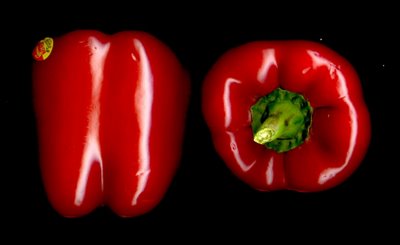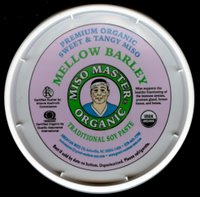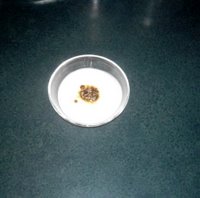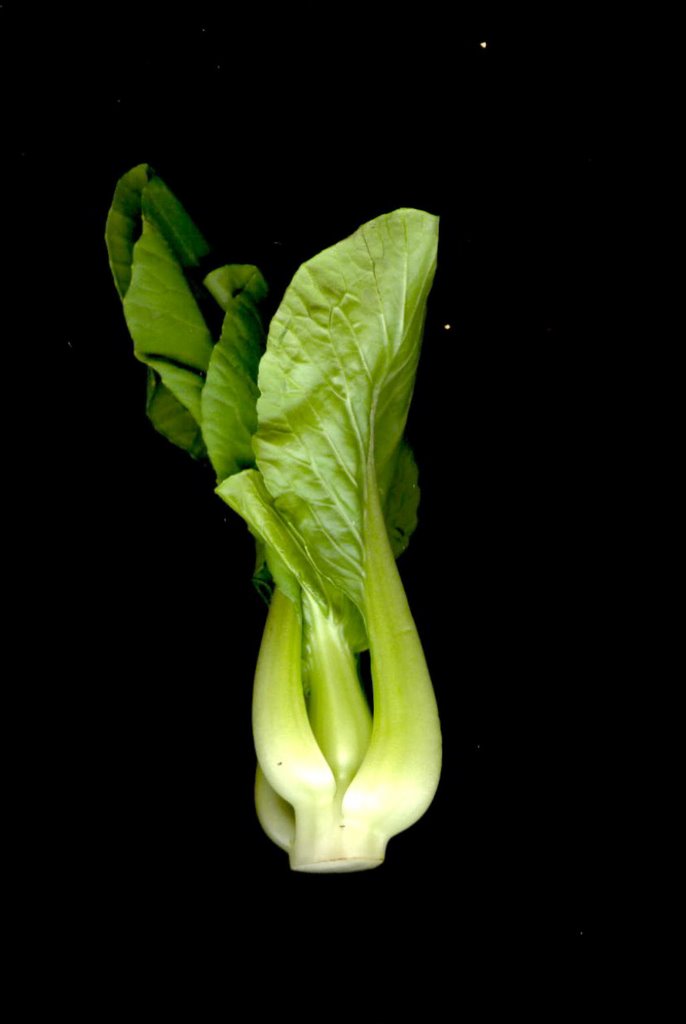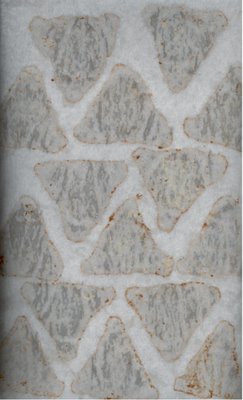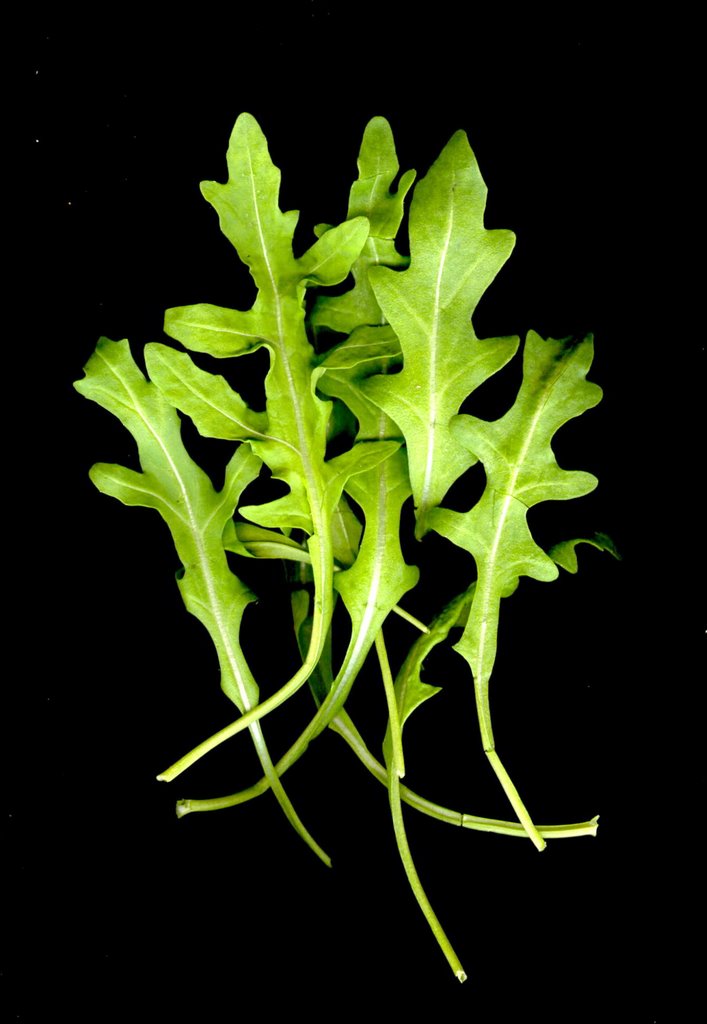Chervil

For about twenty years I misspelled and mispronounced this plant as “chevril.” It just seemed likelier. This is not something I run into very frequently in my shopping and cooking, but chervil was the main seasoning in what may have been the most transcendent salad I ever consumed. The salad was made of baby beets of many colors in a chervil and citrus vinaigrette that I had on my pilgrimage to the Greens Restaurant in
I was very happy to pick up a little pot of chervil this week at the farmers’ market, because it is something I have wanted very much to try, and because I was just so excited to see all the fresh spring herbs I have been missing for so long, and because I love to come up with new ingredients for Weekend Herb Blogging. So far, I have just been snipping the leaves into salads, and sitting around grinning foolishly at the plant, which has doubled in size in just a few days. Gerard writes “Of Chervill”
Columella nameth it Choerephyllum, and it is thought to be so called, because it delights to grow with many leaves, or rather in that it causeth joy and gladnesse.
That is just exactly what it causeth around here.
Speaking of Greens, I will be visiting
Weekend Herb Blogging, chervil

